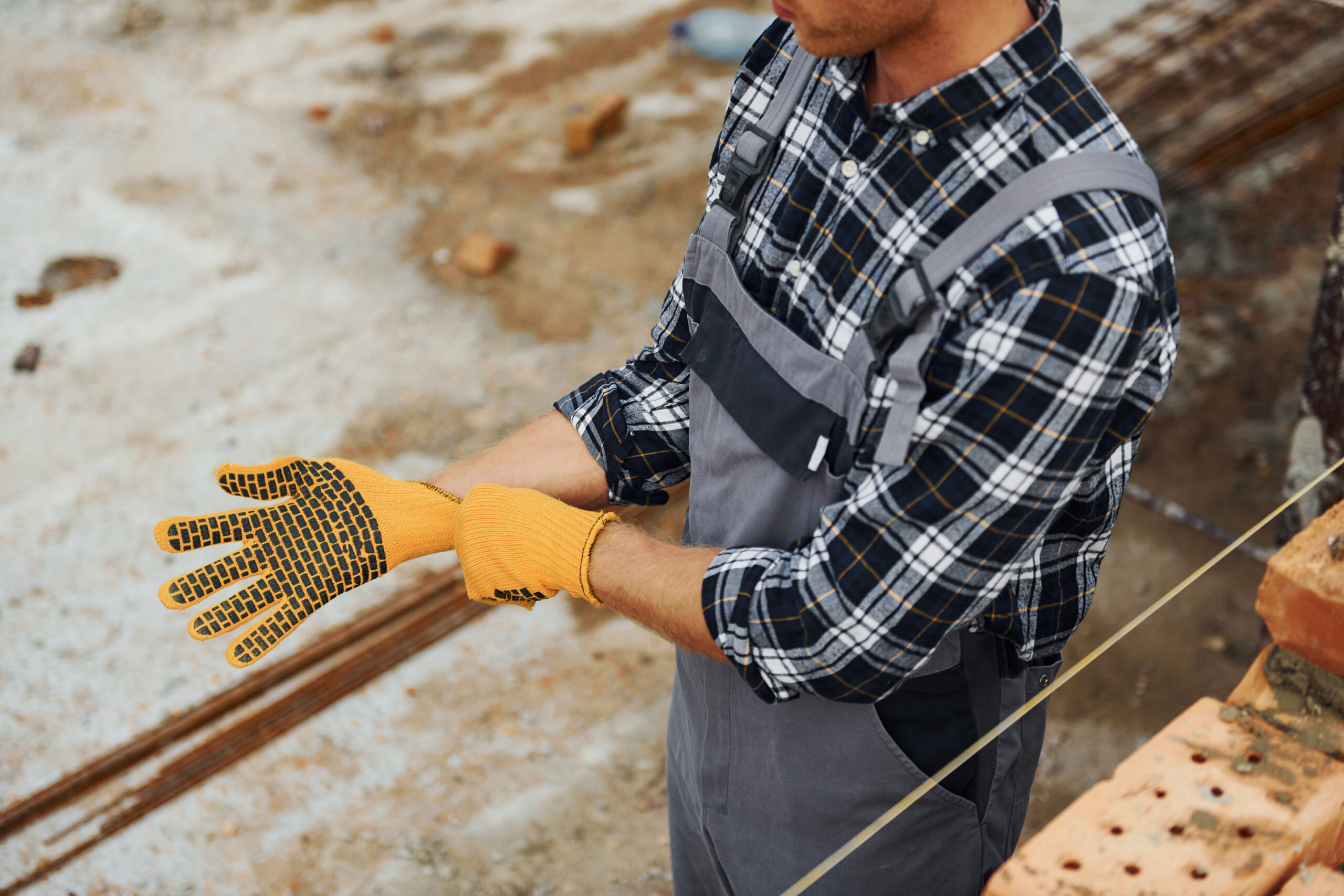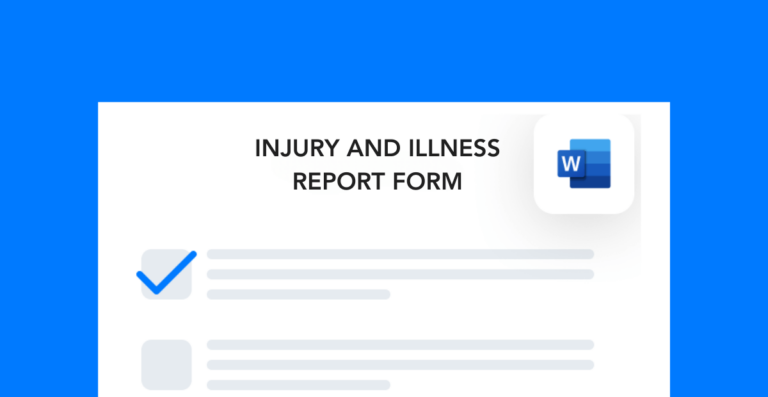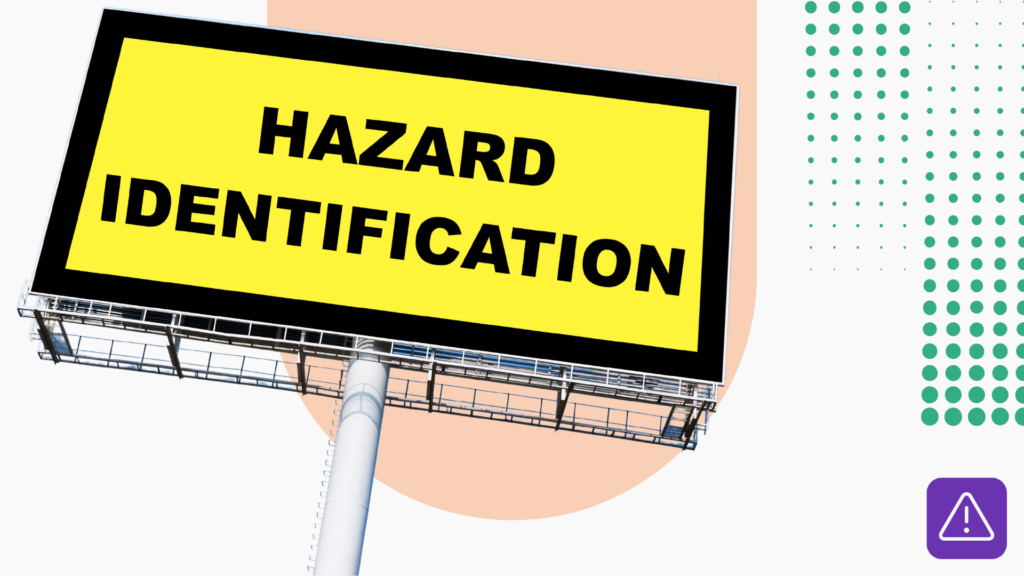Most jobs require workers to use their hands, so hand injuries are common across industries. They’re especially common in industrial environments where, on top of repetitive movements, workers also use heavy machinery and potentially dangerous materials like chemicals or sharp tools. Cover the points in this hand safety toolbox talk to make sure your team stays vigilant.
Hand Safety Overview
In this hand safety toolbox talk, we’ll discuss:
- Hand safety hazards
- Injury prevention measures
- Reporting injuries
Safety is never guaranteed in the workplace, so you should always watch out for hazards. By wearing the proper gear and getting ahead of potential issues, you can greatly reduce your risk of sustaining a severe hand injury.
Top Hand Safety Hazards
Hand injuries are common regardless of industry, and it’s no secret why: most tasks require hands. Even office employees who work on a computer all day are at risk of carpal tunnel and other injuries. The top hand safety hazards you might encounter include:
Sharp points: Glass, tools, and machine components can cause cuts or lacerations.
Machinery: Moving or rotating parts, pinch points, and heavy equipment can cause crush injuries.
Chemicals: Hazardous chemicals can burn and irritate skin.
The best way to prevent injuries is to wear protective gear and take steps to control or eliminate hazards before you start working.
Injury Prevention Measures
Here are the top ways to protect your hands from injury:
- Always wear the required PPE for the task you’re doing.
- Inspect your gloves before each use to make sure they’re not damaged.
- Follow the lockout/tagout procedure to shut down equipment and avoid crushing injuries.
- When working with chemicals, make sure to wear gloves and know where the closest spill response kit is located.
- Check to make sure machine guards are in place before using heavy equipment.
- Only use tools and equipment according to the manufacturer’s instructions.
- Put away tools, chemicals, and other work materials to prevent accidents.
- Clean as you go to eliminate clutter hazards and keep the work area safer.
It’s important to remember that you’re always at risk of injury even if you’re wearing all the right gear and using all the equipment properly. Situational awareness is key to injury prevention. If you do have an accident, regardless of whether it’s a full-blown injury or a near miss, you should always report it.
Free Form!
Download this form to document any workplace injuries and illnesses that your employees report.
Reporting Hand Injuries
If you get a hand injury, get medical help right away to address it. The last thing you want is for a cut to turn into an infection because you ignored it for too long. By reporting an injury immediately, you can help the safety team find the issue that caused it faster. This means that the injury is less likely to happen in the future.
Near misses are situations where you almost get a hand injury but don’t. They can be very subtle but serious, so reporting them is equally important.





